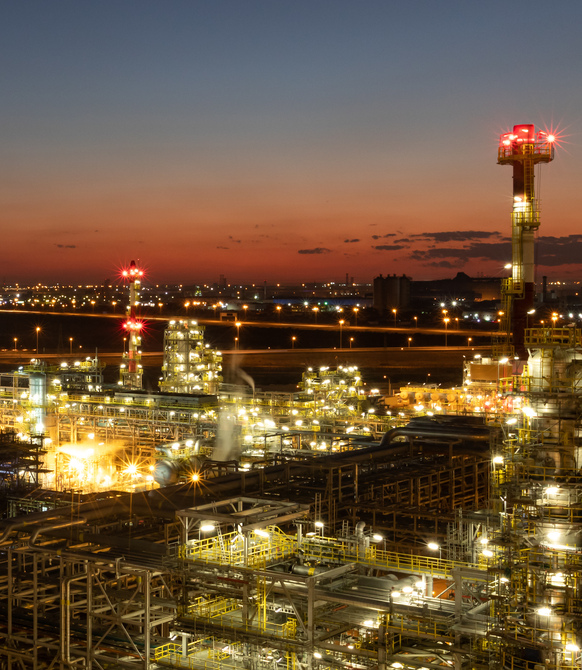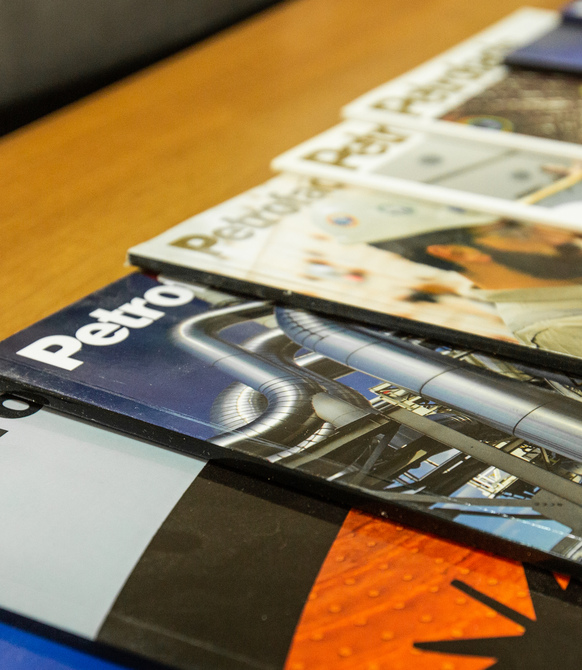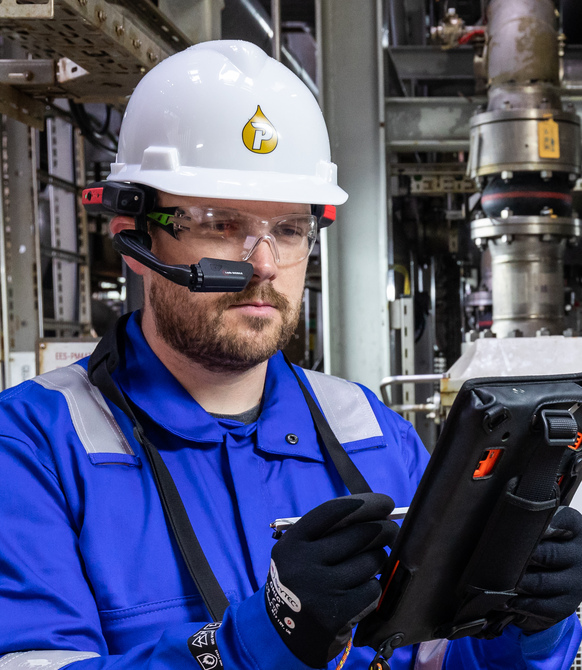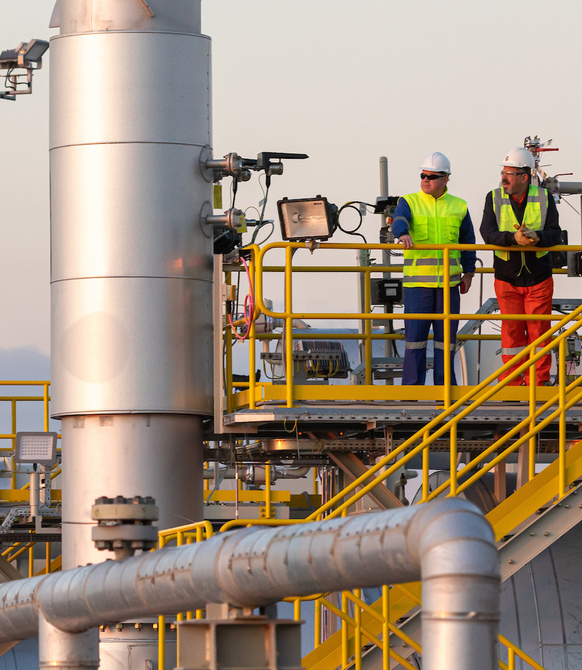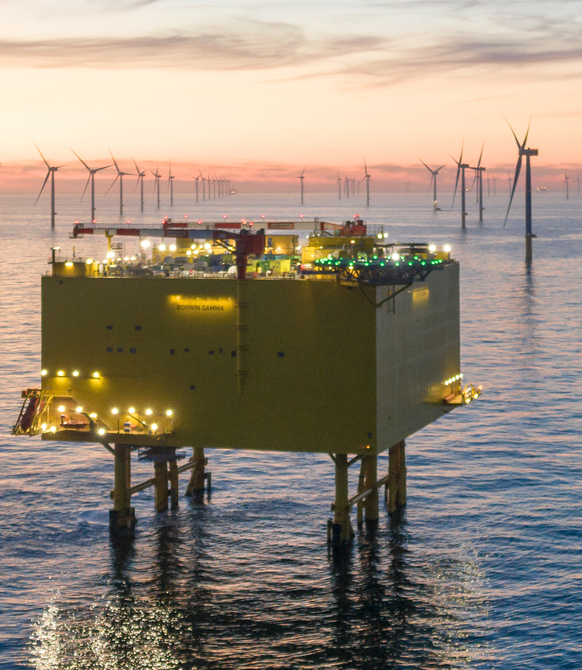Solving the decarbonisation challenge, inside and out
At Petrofac, we draw on our 40-year track record to not only help our clients design, build, and operate their vital energy infrastructure, but also to develop the tools that will enable our transition to a low-carbon business.
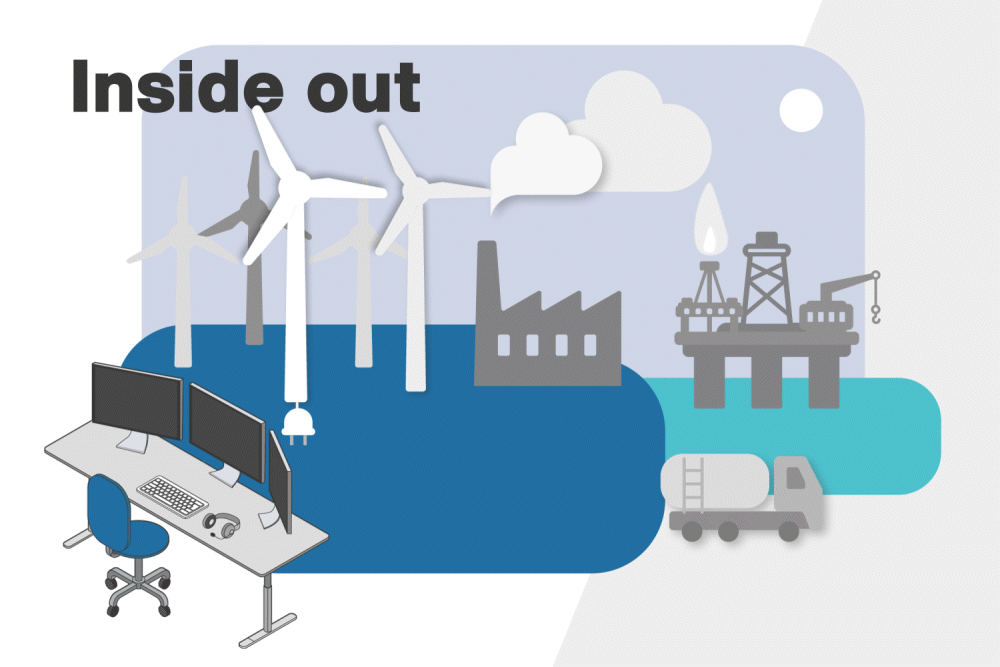
Our drive to net zero
Petrofac’s ambition is to become a net zero company by 2030, which is being made possible by the hard work of our teams across the globe.
These net zero targets apply to our Scope 1 direct emissions from Petrofac-owned or controlled sources (e.g., flaring, power generation, vehicles, etc.), and our Scope 2 indirect emissions from purchased energy generation.
Our decarbonisation pathways include:
- Switching energy supply to renewable sources where available
- Improving energy efficiency
- Reducing flaring, venting, and fugitive emissions, and
- Electrification of transport
If you can measure it, you can manage it
As part of this effort, our digital and environmental teams have developed an internal emissions monitoring dashboard allowing business units to manage their own carbon emissions. The dashboard allows users to make informed decisions to reduce emissions with information detailing the volumes and types of emissions by location.
Our drive for a more sustainable world is not just a company-driven goal, but a people-driven goal too. The Environmental Sustainability Network (ESN), a community that consists of Petrofac people from around the world who are interested in becoming more sustainable, is driving conversations about how we can all play our part.
Of course, as part of our net zero commitment, we also look to address our Scope 3 (value chain) emissions.
Enabling our clients
As we work to decarbonise our own business, we’re supporting our clients and supply chain to do the same.
In the evolving new energy sector, our New Energy Services division focuses on five key areas: Offshore Wind, Carbon Capture, Utilisation And Storage (CCUS), Hydrogen, Waste to Value and Emissions Reduction. Through these, we help our clients design, build, and operate a new generation of facilities and infrastructure.
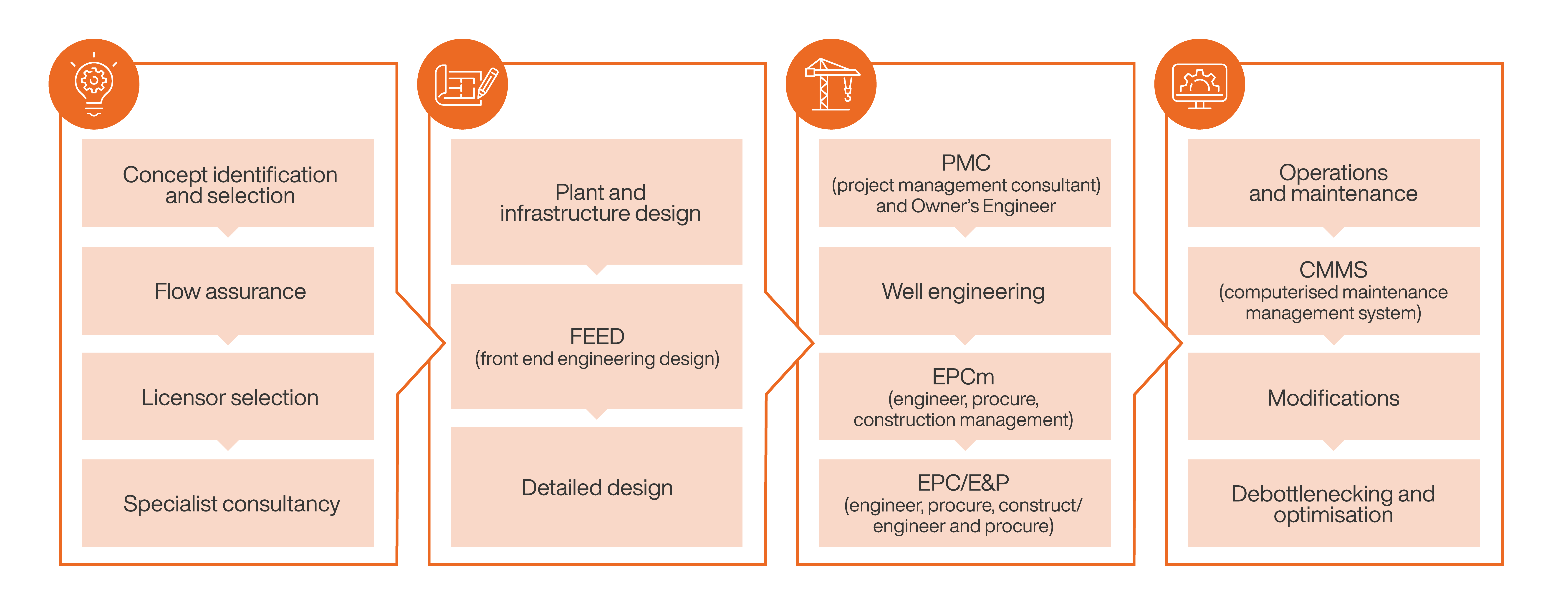
In our day-to-day businesses, not just in new energies, we are supporting our clients to drive down their emissions. By using a framework approach, such as our Design-Efficiency-Modifications-Offset, we can generate promising decarbonisation solutions on both new and existing facilities.
What’s exciting for us is that digitalisation is changing the future and the way we manage our clients’ emissions. One of our key emissions reduction services is our emissions accounting and management capabilities. Underpinning these is our AI-powered Petrolytics engine, which delivers real-time emissions monitoring for existing facilities, and Connected Worker which combines Digital Twin, mobile technologies, and our proprietary software, BuildME™, to optimise and digitalise all forms of maintenance and inspection.
Our solutions are fully tested – we have deployed these on our own operating assets, reducing costs and emissions and delivering accurate reporting of our net-zero targets. The team is now working on new features advancing the capabilities of forecasting and emissions management scenario planning across a project’s lifespan – from early design phases through construction and into operations.
Learn more about Petrofac’s Energy Transition by clicking the link below.
Energy transition
Taking responsibility for the future of energy
We are committed to being a net zero company by 2030 or sooner – and even as we work to decarbonise our own business, we’re helping other organisations and industries around the world to do the same.


